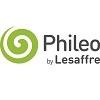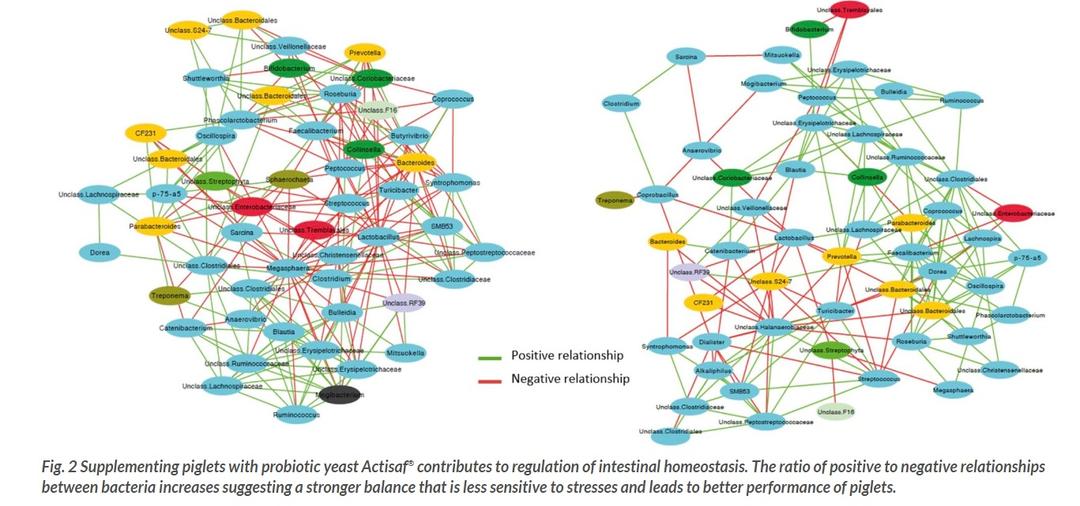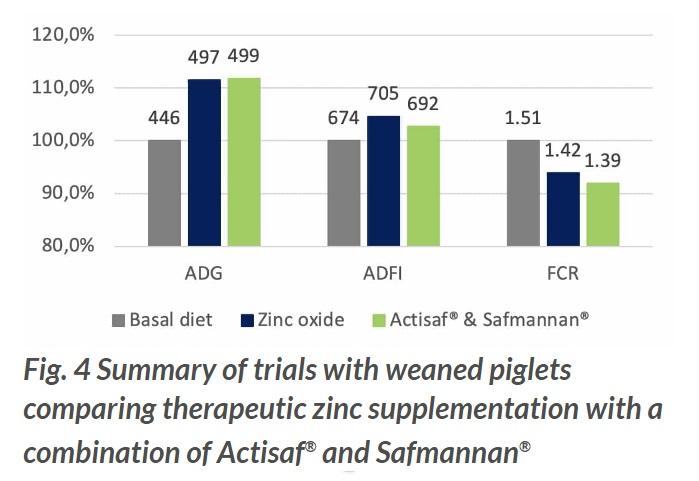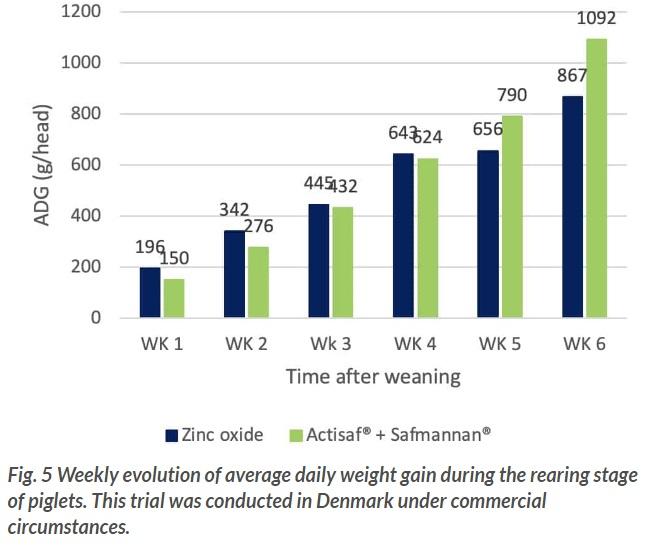
Content sponsored by:
Phileo by Lesaffre
Weaning piglets without zinc oxide
Published: October 21, 2021
By: By Wouter de Bruin, Western Europe Manager Swine, Phileo by Lesaffre

Over the past decades, the use of therapeutic inclusions of zinc oxide in diets has been used to reduce the negative impact of the weaning process on the performance of piglets. Its effectiveness on diarrhoea reduction has led to an enormous increase in consumption of zinc oxide in pig nutrition worldwide. More and more countries around the globe are concerned about the negative impact of zinc oxide on the environment. Next to this, the indications that zinc oxide facilitates antibiotic resistance of bacteria have led to the decision of the European Union to ban therapeutic use of zinc in piglet diets by latest June 2022. Some member states within EU do already prohibit the use of high inclusions of zinc oxide before this date.
Weaning piglets without zinc oxide is proven to be surely possible, though measures should be taken to prevent antibiotic usage to increase. Therefore, it is important to closely review management practices on farms and nutritional strategies.
Ensure sufficient feed intake
One of the main troubles right after weaning is the reduced and irregular feed intake of piglets. This leads to disrupted gut development creating opportunities for potential pathogens like E. coli and Streptococcus suis to cause further damage. In order to avoid this, a high quality diet should be fed with a close eye on protein digestibility, fiber content and feed palatability.
One of the ingredients to consider for diets just before and after weaning is Prosaf®. This pure yeast extract has a high concentration of crude protein and is highly digestible due to its small sized peptides as proven by Schothorst Feed Research. As Prosaf® is obtained by autolysis of proprietary Saccharomyces cerevisiae baker’s yeast strains, it is entirely soluble and rich in essential amino acids. The high concentration of 11% glutamic acid ensures a positive effect on feed intake around weaning.
In various trials we have compared the impact of Prosaf® on feed intake and performance of piglets. In these trials, Prosaf® has been added to the trial diet while maintaining iso-nutrient to the control diet. Often, protein sources like soy protein concentrate, fishmeal and SDPP are reduced from the formulation when Prosaf® is being added.
A synthesis of trials conducted under comparable conditions demonstrates that the use of Prosaf® in piglets diets indeed has a beneficial impact on feed intake (figure 1). On top of that, it shows that growth performance is increased as well as feed efficiency.
A synthesis of trials conducted under comparable conditions demonstrates that the use of Prosaf® in piglets diets indeed has a beneficial impact on feed intake (figure 1). On top of that, it shows that growth performance is increased as well as feed efficiency.
Improving microbiome
In order for piglets to cope with the changing diets, it is important to ensure to support the microbiome development. The microbial population present in the digestive tract of young piglets is sensitive to stresses caused by for example feed changes or weaning. Bacteria are competing with each other for available space and nutrients leading to digestive disorders such and diarrhoea. Aiming for a robust and divers community is key to avoid these digestive problems. Probiotic yeast Actisaf® is known for its positive impact on piglets microbiome development. Supplementing Actisaf® to piglets leads to higher concentrations of beneficial bacteria and on top of that it leads to a more harmonious environment and lower sensitivity to stresses (figure 2).
As a consequence, there is lower occurrence of digestive disorders reducing the needs for any treatments with for example antibiotics.
Although the probiotic effect of Actisaf®, improving the microbiome, does start right after supplementation, the full impact can only be observed after some time. Therefore it is important to help piglets to bridge this period of adaptation in order to limit the risk of pathogens like E. coli to cause a health issue.
To have immediate impact on pathogen control the use of Safmannan® is recommended. This premium yeast fraction acts as a magnet to bacteria like E. coli and Salmonella spp. Due to the high concentration of MOS these bacteria adhere to Safmannan® with their mannose sensitive fimbriae (figure 3) preventing causing an inflammation. Once bacteria are bound to Safmannan® no further harm will be done as they are excreted in the faeces.
Field experiences
Although improvement of management processes do contribute to reduce the need for zinc oxide, various studies have shown that, even already without these management improvements, the combination of Actisaf® and Safmannan® proofs to be a promising alternative to therapeutic use of zinc oxide. Yeast supplemented piglets often reach similar performance levels compared to piglets receiving high zinc oxide. On top of that, no extra antibiotics or other treatments were required during the rearing stage.
A synthesis of results from three trials recently conducted in Europe shows the impact of zinc oxide on performance of piglets (figure 4). The results of piglets supplemented with Actisaf® and Safmannan® are very similar to the ones supplemented with therapeutic zinc oxide.
The overall performance of piglets during the six week rearing period were similar between high zinc oxide supplemented groups and piglets that received Actisaf® and Safmannan®. However, there are some differences in average daily gain during the various stages of rearing. In the first two weeks after weaning, usually the zinc oxide group does slightly outperform the group receiving Actisaf® and Safmannan® followed by a period of two weeks with equal performance. During the last two weeks, it is often observed that the yeast supplemented piglets have a higher average daily gain then the piglets supplemented with therapeutic zinc oxide (figure 5).
During trials, treatments with antibiotics were also recorded. In non of the trials a significant difference was observed in number of treatments between groups supplemented with therapeutic zinc oxide and groups supplemented with a combination of Actisaf® and Safmannan®.
Even though improving management practices on farm remains key, therapeutic doses of zinc in weaner diets can be eliminated with a close eye on feed intake of young piglets, microbiome development and pathogen control.
Related topics:
Authors:
Phileo by Lesaffre
Influencers who recommended :
Clara BergerRecommend
Comment
Share
Trouw Nutrition
2 de febrero de 2022
Thanks for sharing this research. What where pharmaceutical levels of ZnO in the control diets used in the commercial trial in Denmark (figure 5)?
Can you share information about the feed cost of both treatments? Thanks.
Recommend
Reply

Would you like to discuss another topic? Create a new post to engage with experts in the community.






